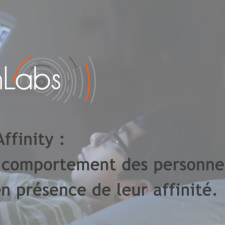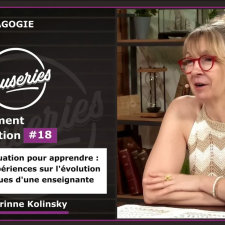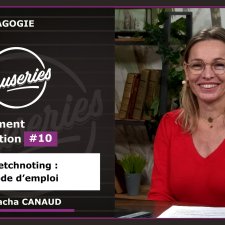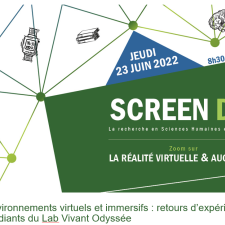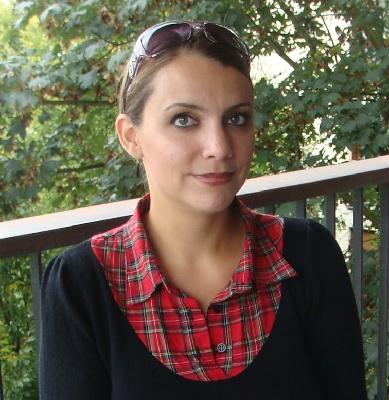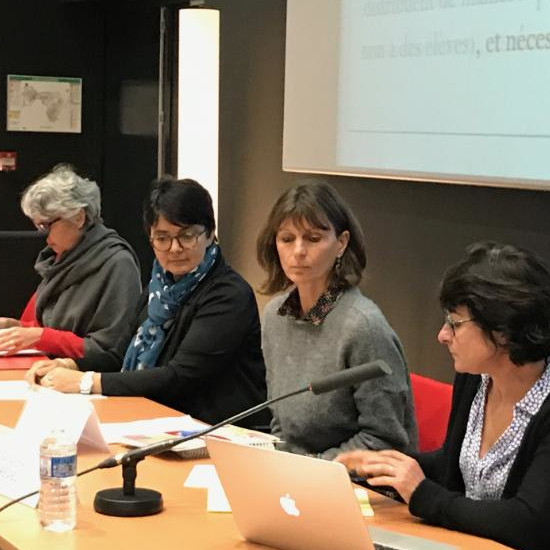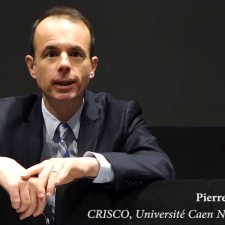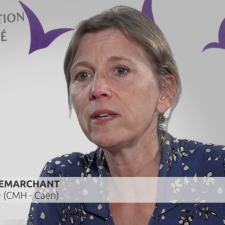Notice
Knowledge transfer and human-machine collaboration for training object class detector
- document 1 document 2 document 3
- niveau 1 niveau 2 niveau 3
Descriptif
Object class detection is a central area of computer vision. It requires recognizing and localizing all objects of predefined set of classes in an image. Detectors are usually trained under full supervision, which requires manually drawing object bounding-boxes in a large number of training images. This is tedious and very time consuming. In this talk I will present two recent techniques for reducing this effort.
In the first part I will explore a knowledge transfer scenario: training object detectors for target classes with only image-level labels, helped by a set of source classes with bounding-box annotations. I will present a unified knowledge transfer framework based on training a single neural network multi-class object detector over all source classes, organized in a semantic hierarchy. This generates proposals with scores at multiple levels in the hierarchy, which we use to explore knowledge transfer over a broad range of generality, ranging from class-specific (bicycle to motorbike) to class-generic (objectness to any class). Experiments on 200 object classes from the ILSVRC 2013 dataset demonstrate large improvements over weakly supervised baselines. Moreover, we also carry out several across-dataset knowledge transfer experiments, which establish the general applicability of our method
In the second part I will consider a human-machine collaboration scenario, where a human interacts with a computer model to carry the bounding-box annotation process together. I will introduce Intelligent Annotation Dialogs: we train an agent to automatically choose a sequence of actions for a human annotator to produce a bounding box in a minimal amount of time. We consider two actions: box verification, where the annotator verifies a box generated by an object detector, and manual box drawing. We explore two kinds of agents, one based on predicting the probability that a box will be positively verified, and the other based on reinforcement learning. We experimentally demonstrate that our agents are able to learn efficient annotation strategies in several scenarios, automatically adapting to the image difficulty, the desired quality of the boxes, and the detector strength.
Thème
Documentation
Documents pédagogiques
Sur le même thème
-
Le projet Affinity - Evaluer le comportement des personnes avec TSA en présence de leur affinité
CHéREL Myriam
BAYOU-OUTTAS Meriem
FOURNIER Julie
BUCHER Emma
MANN Pauline
A travers cette série d'interviews, le LabEx vous invite à découvrir le projet Affinity qui s'intéresse à la relation entre les personnes atteintes d'un trouble du spectre de l'autisme et leurs
-
Enseignement et Innovation #18 – Viser l’évaluation pour apprendre : retour d’expériences sur l’évo…
SEBASTIEN Didier
KOLINSKY Corinne
Enseignement et Innovation #18 – Viser l’évaluation pour apprendre : retour d’expériences sur l’évolution des pratiques d’une enseignante
-
En route vers une digitalisation des Universités
PORLIER Christophe
Les causeries de la pédagogie - Enseigner en ligne 1
-
La classe moderne : retour d'expérience
NAGELS Adline
SEBASTIEN Didier
Causeries de la pédagogie, Enseignement et innovation 9
-
La classe moderne
SEBASTIEN Didier
NAGELS Adline
Causeries de la pédagogie, Enseignement et innovation 8
-
Sketchnoting : mode d'emploi
Réviser ou faire une synthèse n'est pas toujours aisé pour les apprenants... et s'il existait une méthode pour faire baisser le coût à l'engagement de ce type de tâche ?
-
Environnements virtuels et immersifs: retours d’expériences avec les étudiants du Lab Vivant Odyssée
VILLIOT-LECLERCQ Emmanuelle
Présentation orale de travaux de recherche par Emmanuelle VILLIOT-LECLERCQ (Grenoble École de Management) lors de Screen Day 2022.
-
Jouets futiles et sérieux de la Renaissance
Si les jeux à la Renaissance ont fait l’objet d’un beau colloque du Centre de la Renaissance en 1982, sous la direction de Philippe Ariès et André Stegman, et si les jeux de hasard, massivement
-
La socialisation de genre par les jouets
De l’amplification de la segmentation de genre dans le marketing du jouet aux luttes féministes connectées et stratégies des parents La segmentation de genre dans le marketing du jouet s’est
-
Co-enseignement et difficulté scolaire dans le premier degré : penser le lien d'un point de vue did…
Les organisations pédagogiques qui permettent à plusieurs enseignants d’intervenir sur un même groupe classe sont largement valorisées par les équipes dans le traitement de la difficulté scolaire et
-
La forme de la phrase en français de tous les jours
LARRIVéE Pierre
La variation de registre langagier a un impact sur la forme même de l’élément central du langage qu’est la phrase. Dans cette vignette, je discute deux caractéristiques de la phrase du français de
-
Unique en son genre
La mixité est officialisée depuis 1975 dans le système scolaire français. Pourtant, le succès des filles à l'école dans toutes les disciplines n'a pas remis en cause leur absence dans de nombreuses


